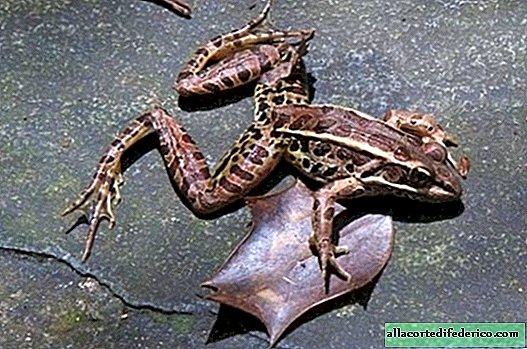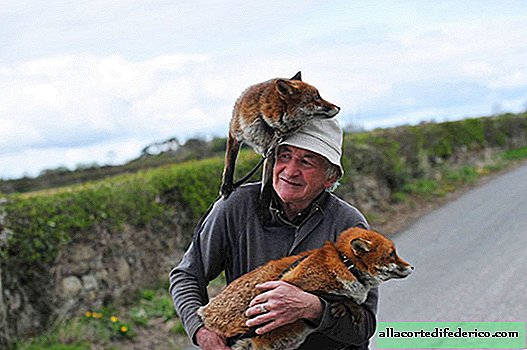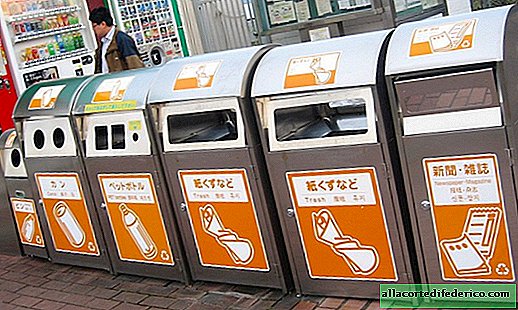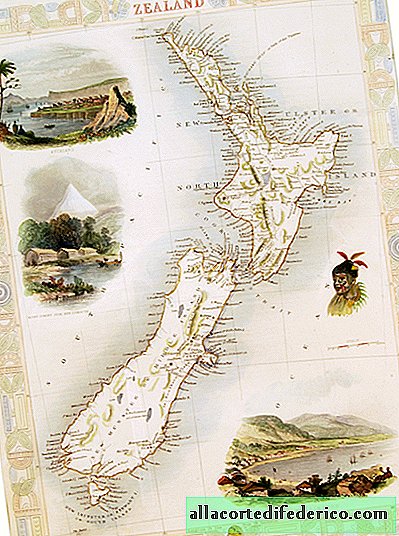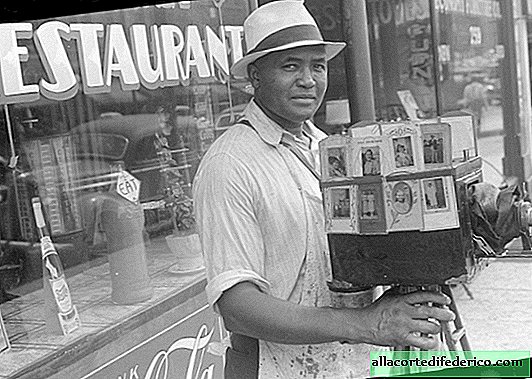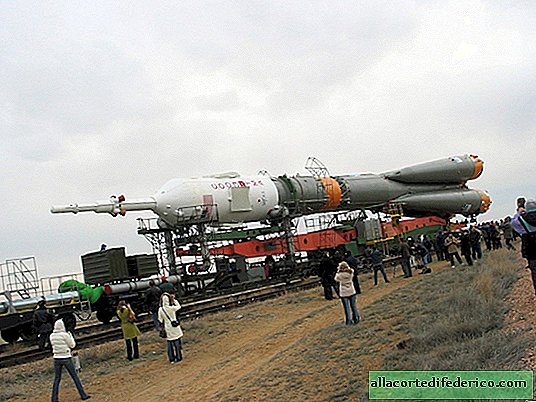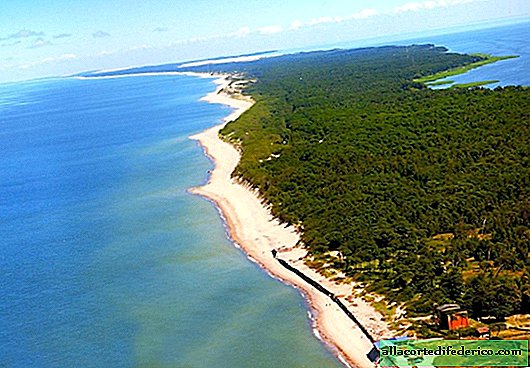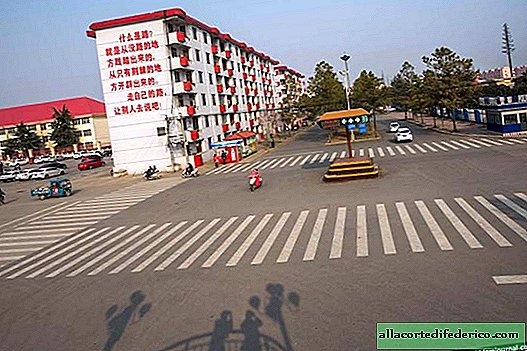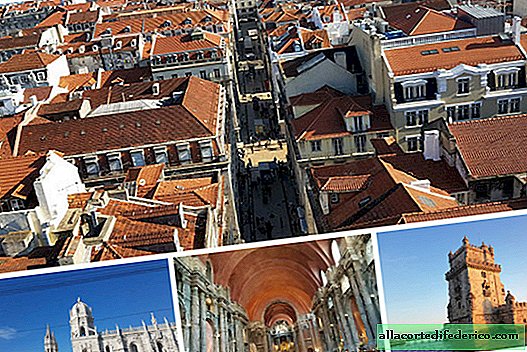Estonia: The Ruined Heritage of the Russian Empire
Many people like to throw stones toward Mother Russia, that they say factories are rotting in your place, and that which worked under the tsar, and then under the Soviet regime, has now been carefully buried. Industry disappeared, huge factories stopped working at full capacity, and now these territories are overgrown with moss, attracting the dregs of society and drug addicts. Is it only in our country, and in Europe there are no such examples? Well, I drove into Estonia and saw with my own eyes the desolation of the once great manufactory, which was famous throughout Europe, but, being in the hands of a completely different union, acts as an additional ballast. Even the Swedes could not pull the drowning giant from Estonia out of the crisis, and today there will be a detailed tragic story about it.
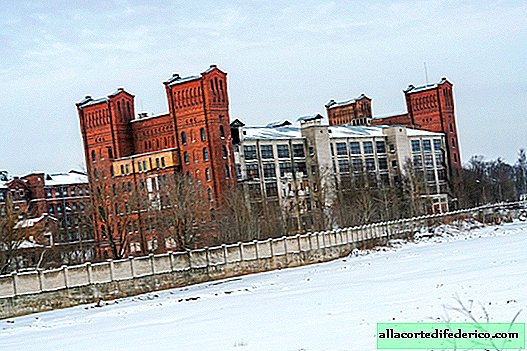
A small island, located at the Narva waterfalls on the river of the same name, always attracted industrialists, a sawmill was established here in Swedish times, later the Livonian Order used its preferential location for the benefit of water mills, and only in the middle of the XIX century Ludwig Knop came here. Counting on the generation of cheap electricity from falling streams of water, he decided to build one of the best weaving mills in Europe.

So what? Energy was delivered almost free of charge, which allowed to significantly reduce the cost of the product without loss of quality, and the direct access to the sea was a bonus, which made it possible to deliver expensive equipment and necessary spare parts to the plant with minimal costs. It is not surprising that the raw materials produced by the Krenholm manufactory were valued all over the world and had a special quality mark, and the resulting product could be purchased at a very moderate and even bargain price.

The project of a citizen of a German state who sucked into the possession of the Russian Empire and fell in love with this developing country was simply impressive. Having gained the necessary experience at such industrial enterprises in Manchester, Knop decided to create his own city-forming industrial complex in Narva, which includes not only the production, but also the administrative and residential quarter.

Therefore, in the construction of Krenholm, the philosophical and architectural idea of the industrial city of the future, so popular in the sociology of the 19th century and in the advertising posters of the twenty-first, was realized. Of course, looking at the whole project from the point of view of modernity and through the dust of times, it is difficult to talk about technological breakthroughs and special solutions, but let's take a word of historians. Moreover, grandiose plans crashed into the harsh reality organized by the local government.

Well, so that you finally understand how important this manufactory played in the life of the Estland city and the Russian Empire, I’ll say that the population of Narva by the year 1910 barely totaled thirty thousand, while for the benefit of Knop and its production, a little more than ten thousand worked , that is, a third of the city, taking into account children and pensioners.

And in order to further immerse ourselves in the atmosphere of the created enterprise and to feel all the hardships of the work of an ordinary employee, I’ll tell you about one of the very first industrial strikes in the Russian Empire, which went down in history under the name of “Krenholm”.

In short, in 1872, an epidemic of cholera broke out on the territory of Estonia, which also reached local weavers. Fearing its rapid spread under the existing conditions, a couple of hundred workers turned to the factory management with a request to resign, without waiting for the end of the contract. They decided to satisfy this decision, and with it the rumor about the disease prevailing over the weavers was distributed throughout the manufactory.

Naturally, such a state at the city-forming factory was reported to the Estland Governor himself, and he immediately sent Dr. Falk there for an adequate and independent expert evaluation. Having visited the Krenholm barracks and hospitals, the doctor made disappointing conclusions.

In the barracks of the Yolla estate, the living conditions were poor, the workers and their families lived in great crowded conditions, and the doctor who looked "in the light" saw twelve beds in the rooms where the healthy lay with the sick. A terrible mess reigned in the courtyard of the barracks, the latrines were crowded, it was impossible to approach them. People, not embarrassed by their closest circle, fulfilled their need directly in the courtyard, there was a crowded open garbage dump, and all the mud flowed around, spreading an unbearable smell.

Upon learning of this, the governor made a strict order to the local hackenrichter (consider the boss) to relocate the workers to other premises, clean the yards and disinfect the latrines. In addition, the Krenholm weavers, using a well-turned-up case, expressed dissatisfaction with the internal routine of the Krenholm factory. So, studying the reports to the head of the Provincial Gendarmerie, I can say for sure that the following requirements were made by the Krenholm weavers to the factory administration:

- Increase the lunch break instead of 1 hour to 1.5 hours.
- To start the working day not from 5 in the morning, but from 5:30.
- Increase the payment for a piece of material in 50 arshins to 40 kopecks.
- Penalty for breakdown of machine parts in accordance with their cost (before that, more were taken from them).
- For poor work and small production not to fine, but to dismiss from the factory.
- Eliminate paramedic Palkin from the factory hospital.
- Replace the post of the headman Peter Syak.
- Do not deduct money from the account book without the consent of the employee (the account book is now similar to a bank card).
- Give factory children more time to attend school.

Long negotiations began, involving the regional government and the company's shareholders from Moscow, while the proceedings were ongoing, nearly 500 people resigned. As a result, the set requirements of the workers were satisfied, with the exception of two points. They left wages at the same level, since it depended on market prices throughout the empire, and the dismissal of feldsher Palkin - everyone simply considered this request not serious for that level of negotiations. The cholera epidemic began to recede, as measures were taken to combat unsanitary conditions, and workers who had previously left the factory returned.

But what is the essence of the strike? The requirements put forward by the weavers were planned to be implemented gradually, therefore, fearing delays and delays, someone started a rumor that they were being deceived and that none of the agreements reached would be implemented. A new rebellion arose throughout the manufacture, and the especially frisky again called on the leadership to account. Loyal weavers asked to calm the leaders of this resistance and let them work quietly.

Standing at the helm of an industrial machine decided not to refuse in this request and put a couple of people in a city prison, but this decision was the last straw in the glasses of those who disagree. Having drained glasses of discontent filled to the brim, they advanced in resistance, blocked the bridge over which the workers got to their jobs, and stopped production. Security and management were stoned, the whole situation went out of control.

Therefore, the governor, who learned about the new outbreaks, did not pull, and an army came out to suppress the rebellion from Yamburg (now Kingisepp), which strangled the nascent uprising by force. At the sight of rifles, the manufacturers resumed production, so they started sewing on the rebels, thanks to which almost everyone went to hard labor.

After solving all the conditions and issues, the enterprise began to work confidently, constantly increasing momentum, well, until the First World War and the Revolution. With the advent of Soviet Russia, established trade routes were destroyed, the factory management in the person of the sons of Knop fled abroad, destroyed all existing contracts, and no one tried to find new markets, so the first time in history that the desolation of Krenholm began.

The decayed and destroyed property was picked up only in the last years of the war, in 1944, life was breathed into it again, the hulls were repaired, equipment was purchased, and the sleeping giant growled all over Europe again. As a result, the plant was able to bring to shock production facilities, so much so that by the end of 1980, a little more than eleven thousand people were working again for the benefit of the whole manufactory.

Naturally, after the collapse of the Soviet Union, the industry that appeared on Estonian territory had to be privatized, and the Swedish company stood at the helm of the weaving giant.

No matter what anyone says, not only in perestroika Russia they could not keep the power of Soviet enterprises, but, being under European control, this manufactory could not stand the market changes, and by 2008 the number of workers was reduced to 1,500 employees. The factory continued to incur losses. So a year later, everything turned into complete bankruptcy and the closure of the manufactory.

Today these are orphaned territories that have been in search of an investor for ten years.

Well, and looking at successful examples of London, New York and Hamburg, the people of Narva have the right to count on the restoration and reincarnation of territories, they believe that a world-fashionable loft can breathe new life into abandoned places. But we will be honest with ourselves, we really need a lot of money to restore, indecently a lot, and it’s far from the fact that the investments will once be able to pay off.

Tours began to be led here, like conducting small concerts and various events, but it is still far from real activity. Therefore, I personally will hope that the sleeping giant simply fell asleep waiting for new owners, and the Estonian leadership will be able to ennoble the abandoned territory.

